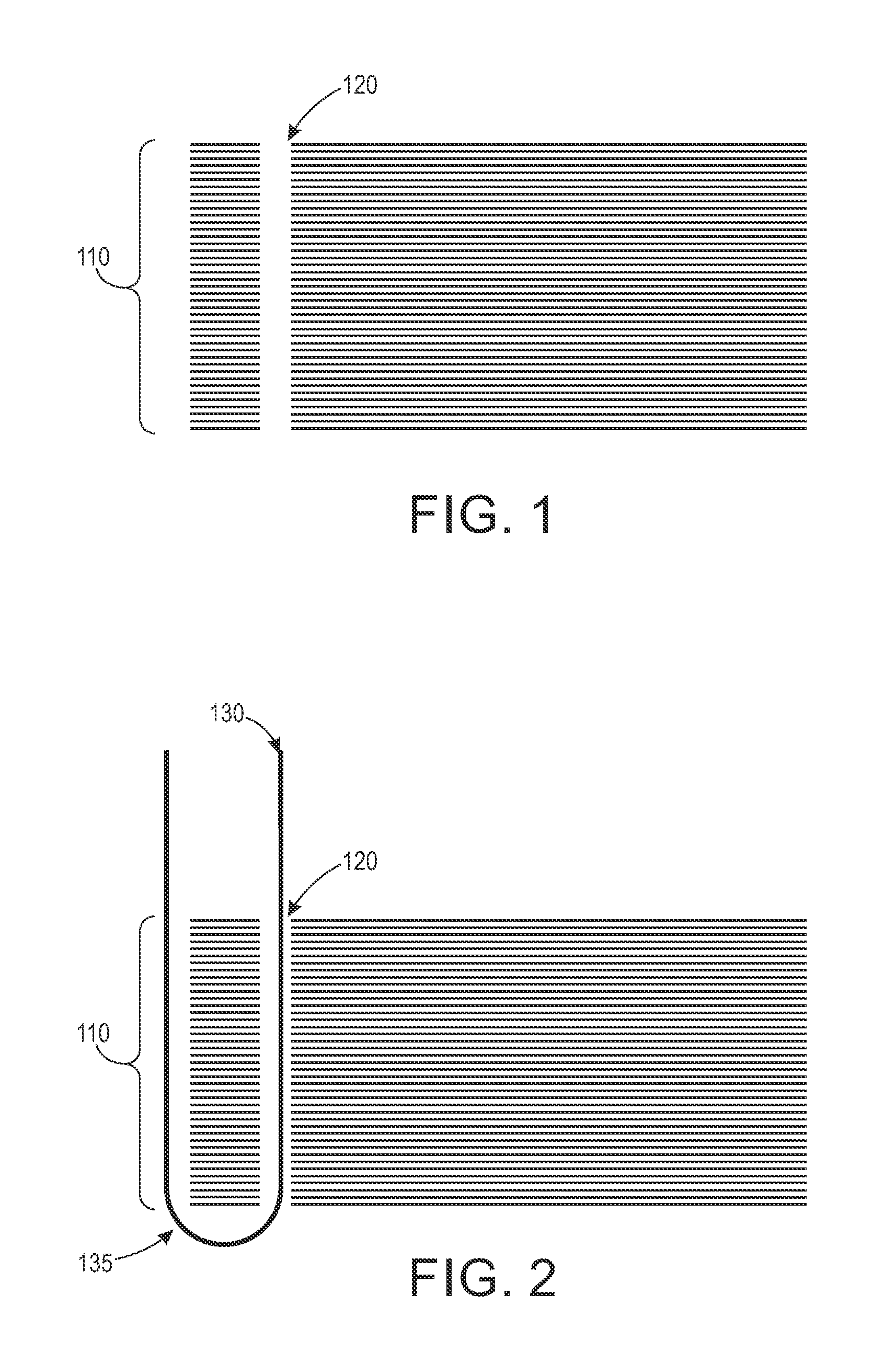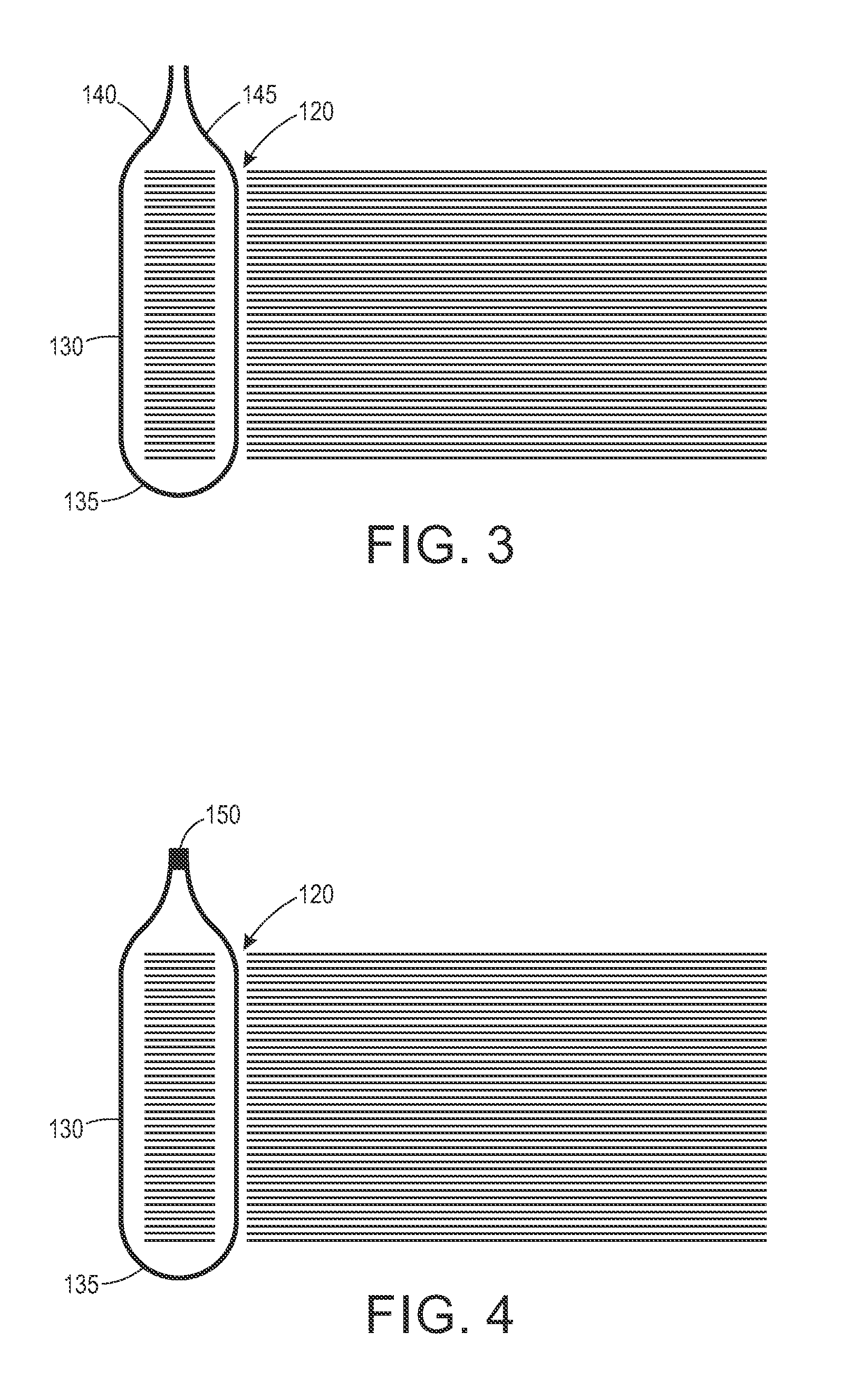Systems and methods for forming and implementing book binding geometries as a function of stack thickness
a technology of stack thickness and system and method, which is applied in the field of system and method for forming and implementing book binding geometries as a function of stack thickness, can solve the problems of difficult implementation, less physical effects of strain and stress, and the size of the plastic comb binding appliance is closely matched, so as to reduce the radius of the loop, increase the physical effect of strain and stress, and increase the thickness of documents
- Summary
- Abstract
- Description
- Claims
- Application Information
AI Technical Summary
Benefits of technology
Problems solved by technology
Method used
Image
Examples
Embodiment Construction
[0009]Another common finishing concept for book binding of documents, typically employed by the Assignee of this subject matter, employs a mechanical in-line binding finishing device. The function of the mechanical in-line binding finishing device is to produce bound sets of documents by punching each sheet within the set, compiling or stacking the punched sheets, and then inserting into the punched holes a plurality of individual binding elements (often comprised of plastic), which may be sequentially cut from a strip of binding material. Each of the individual binding elements is subsequently formed into a loop and sealed with an adhesive to form as a set of binding elements a mechanical bind of the compiled set of finished and punched sheets as the book-type document.
[0010]More specifically, after a set of finished and punched sheets has been completed with the one or more binding elements in place, the one or more of the binding elements are formed as loops around each of the pl...
PUM
 Login to View More
Login to View More Abstract
Description
Claims
Application Information
 Login to View More
Login to View More - R&D
- Intellectual Property
- Life Sciences
- Materials
- Tech Scout
- Unparalleled Data Quality
- Higher Quality Content
- 60% Fewer Hallucinations
Browse by: Latest US Patents, China's latest patents, Technical Efficacy Thesaurus, Application Domain, Technology Topic, Popular Technical Reports.
© 2025 PatSnap. All rights reserved.Legal|Privacy policy|Modern Slavery Act Transparency Statement|Sitemap|About US| Contact US: help@patsnap.com



